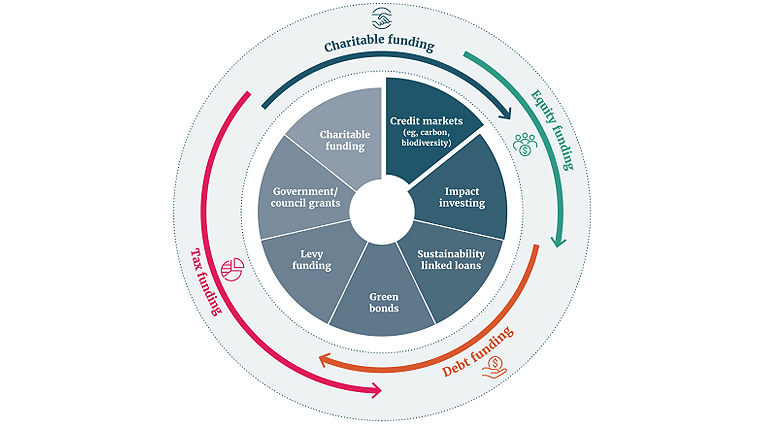
Back in July the Government released some measures to help build up the country's biodiversity portfolio through the establishment of some form of biodiversity credits.
A biodiversity credit system (BCS) provides the institutional settings, methods, systems and processes that enable and govern the creation, sale and purchase of, and claims made against, biodiversity credits.
While it is still out for consultation and feed back (closing November 3rd) the Government, if they had been listening and acted earlier, could have perhaps avoided a lot of the negative push-back they received to their He Waka Eke Noa (HWEN) proposal. For many farmers the lack of flexibility about what could be included was a major grievance. The consultation relating to the expansion of a bio-diversity expansion document asks two key questions:
- How a biodiversity credit system could be set up?
- What role the Government should play in it?
It is unclear whether the new incoming government will continue the conversation but depending upon how such a scheme is set up there seems little risk and would no doubt help to improve farmer confidence and the government farmer relationship. Examples shown on the Environment Ministry consultation document that the system could support include:
- protecting or re-establishing (indigenous) forests
- restoring wetlands
- planting native trees and shrubs
- creating buffer zones near protected habitats
- connecting wildlife corridors
Many farmers are already doing such examples and could testify that such projects are not cheap to establish, although rewarding. The below illustration provides some of the thinking from the Ministry for the Environment

Perhaps in this example it is interesting how the credits market provides a relatively small segment of the potential funding.
There are examples of other countries using such schemes and closest to home is one being used in NSW Australia. In their case, subject to regulation, anyone can buy credits. A typical buyer could be a developer needing to offset their projects' impacts on biodiversity. Other buyers could be government bodies using the market to achieve conservation outcomes or philanthropic organisations.
It appears that the other States in Australia have the same or similar systems and the Federal Government set in place a national scheme in 2022.
Looking at a report published by Yale University several international examples are mentioned including one in New Zealand. While some have suggested that credits should be based upon 1 hectare equates to 1 credit, there does not appear to be universal acceptive of this, as different types of bio-diversity have different costs and different benefits to the wider environment. So, while there is a general acceptance of the principle of biodiversity credits as usual the detail will be where the tricky stuff begins. If the only funder was the government then having a policy which can be followed by all could be relatively simple. But if as the diagram above shows funding could come from a number of sources, which is likely to be the model preferred by government, then getting agreement to various bio-diversity asset values could be difficult.
The closing date for consultation of November 3rd has some irony with it, as this is when ‘special votes’ are confirmed and the make-up of who is in parliament (Port Waikato electorate aside) should be clear. However, the principles around having biodiversity credits is worth persevering with - even if initially it is a limited one which only allows different forms of flora to be included in the Emissions Trading Scheme would be a useful starting point to build upon.
1 Comments
"From 2017, Forest & Bird worked as part of the Biodiversity Collaborative Group (BCG), alongside Federated Farmers, the Environmental Defence Society, the New Zealand Forestry Association, a representative of the Iwi Chairs Forum through the Pou Taiao Advisors Group, and representatives from infrastructure industries."
Presumably this was set up by the incoming govt. That farmers have heard little about it , is probably a result of the feds leadership at the time. That bodes ill for it continuing under ACT.It will have to considerably weighted to benefiting farmers I would say . The sticking point with Shaw , I believe , was the farmer reps wanted all these benefits in full , while paying the costs at a heavy discount. Cake and eat it .
I do hope it gets somewhere under the new Govt, even at a cost to the taxpayer , as wetlands benefit the whole country.
Hats off to those farmers that have preserved , and created new ones.




We welcome your comments below. If you are not already registered, please register to comment.
Remember we welcome robust, respectful and insightful debate. We don't welcome abusive or defamatory comments and will de-register those repeatedly making such comments. Our current comment policy is here.